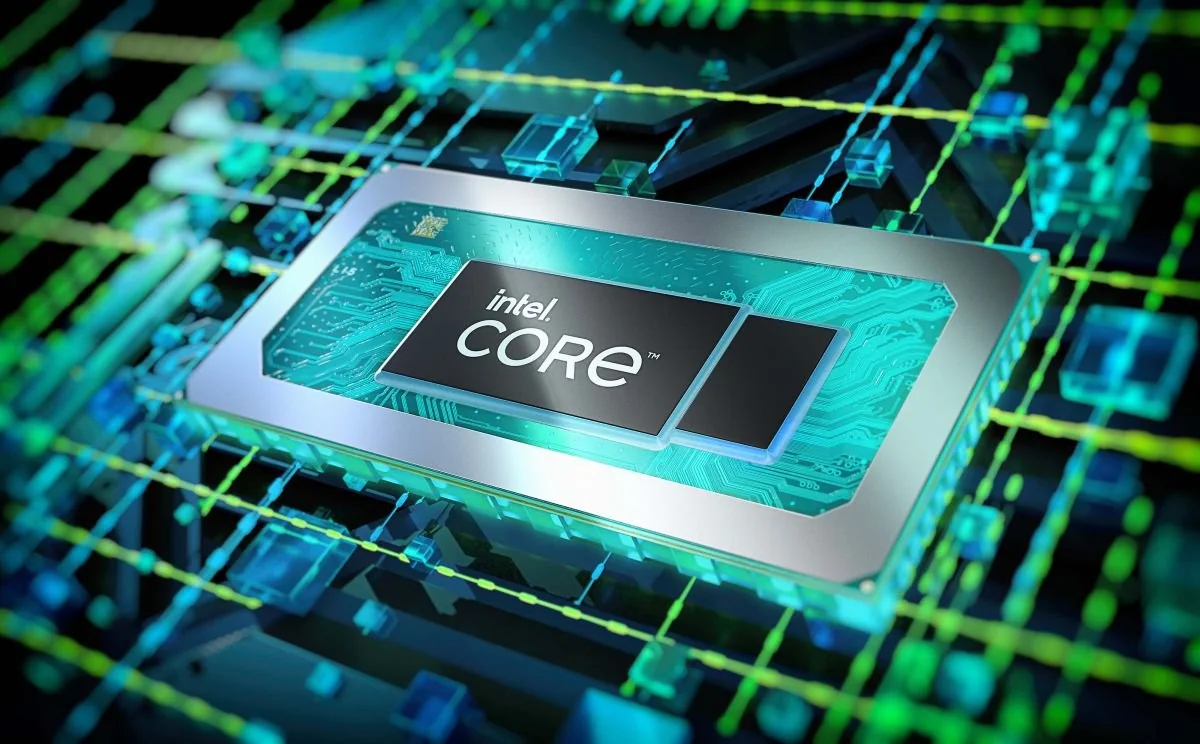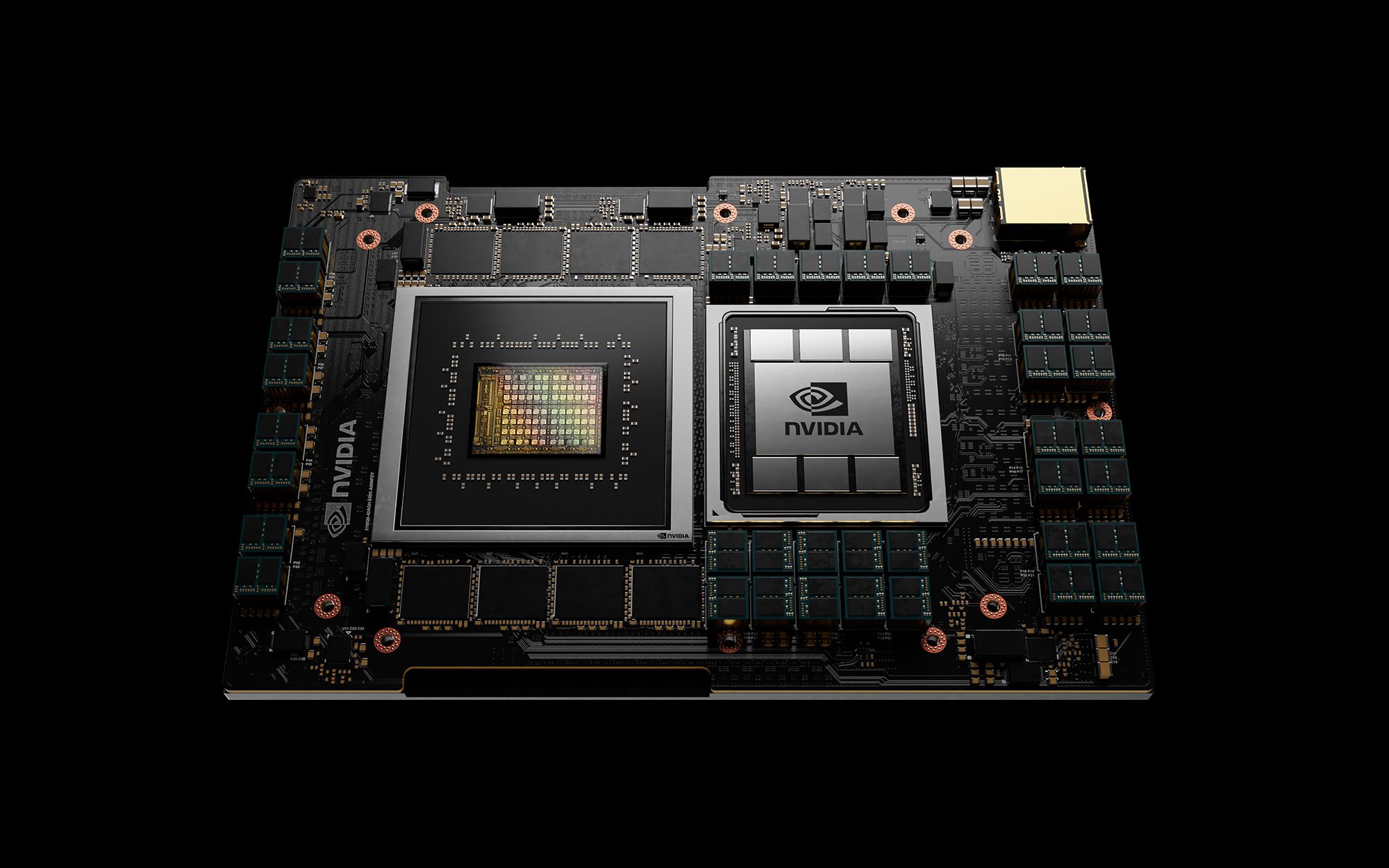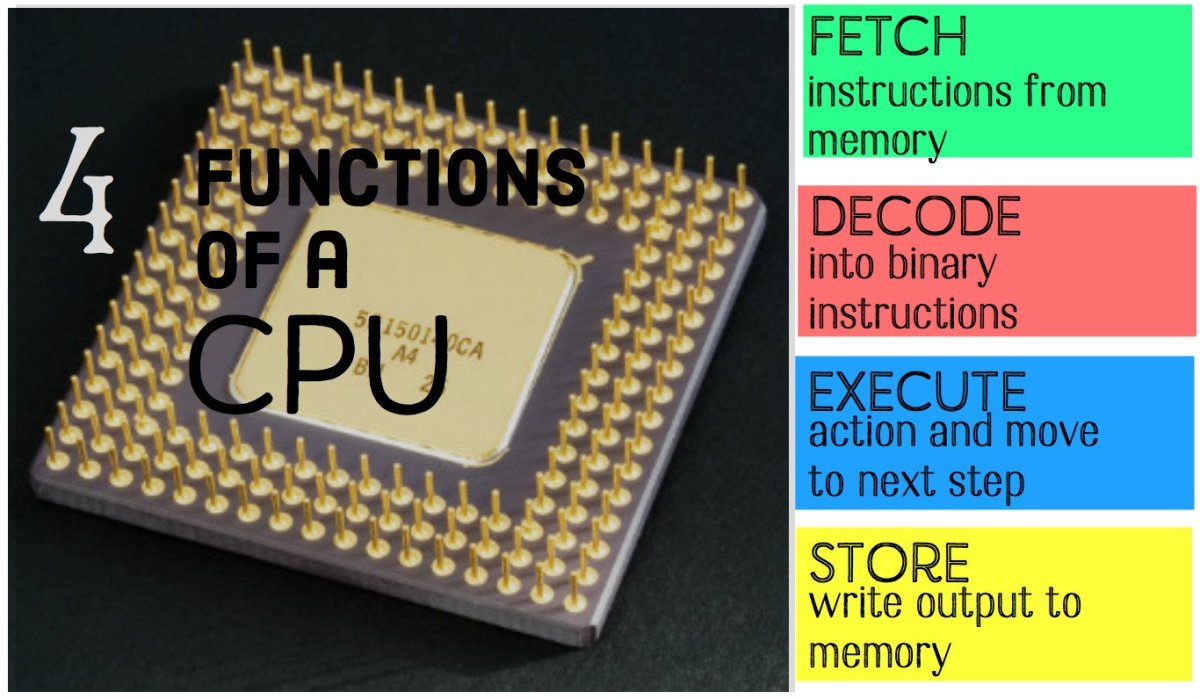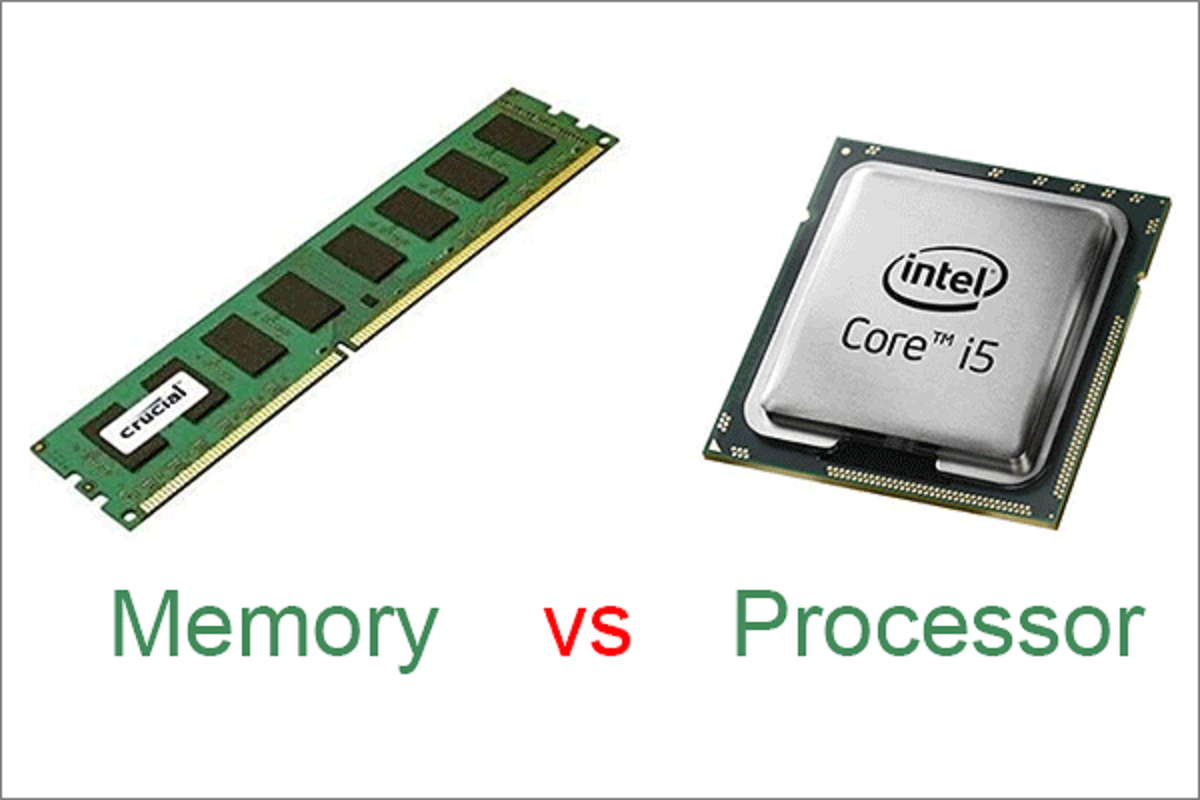Introduction
Welcome to our guide on how to calculate CPU! If you’ve ever wondered about the inner workings of your computer’s central processing unit (CPU) and how its performance is measured, you’ve come to the right place.
The CPU is the brain of your computer, responsible for executing instructions, performing calculations, and managing tasks. It determines the speed and efficiency of your system when running programs and handling complex operations.
In this article, we will break down the process of calculating CPU performance and explore the factors that affect it. Whether you’re a tech enthusiast, a computer science student, or simply curious about how your computer works, this guide will provide you with the knowledge you need to understand the intricacies of CPU calculation.
By knowing how to calculate CPU, you can make informed decisions when choosing a computer or upgrading your existing system. Additionally, understanding CPU calculation will enable you to troubleshoot performance issues and optimize your computer’s capabilities.
Throughout this article, we will outline the steps involved in calculating CPU as well as provide a practical example to demonstrate the concepts. So, let’s dive in and unravel the mysteries of CPU calculation!
Understanding CPU
Before we delve into the intricacies of CPU calculation, it’s important to have a solid understanding of what a CPU is and how it functions.
The CPU, or central processing unit, is essentially the brain of your computer. It is a hardware component that carries out the instructions and calculations necessary for your computer to perform tasks and run programs. It is responsible for executing instructions, managing data, and coordinating the various components of your computer system.
The CPU is made up of several key components, including the arithmetic logic unit (ALU), the control unit (CU), and the registers. The ALU handles mathematical and logical operations, such as addition, subtraction, and comparison. The CU controls the flow of data and instructions within the CPU, while the registers store temporary data and instructions during processing.
One crucial aspect of CPU performance is its clock speed, measured in gigahertz (GHz). The clock speed determines how many instructions the CPU can execute per second. Higher clock speeds generally result in faster processing times and improved overall performance.
Additionally, CPUs can have multiple cores, which are essentially separate processing units within a single CPU. A dual-core CPU, for example, has two processing units, while a quad-core CPU has four. Multiple cores allow for parallel processing, enabling the CPU to handle multiple tasks simultaneously and potentially improving overall performance.
Cache memory is another important component of the CPU. It is a small, high-speed memory that stores frequently accessed data to reduce the time it takes for the CPU to fetch information from the main memory. The size and speed of the cache memory can impact CPU performance significantly.
Understanding the architecture and components of a CPU is essential for comprehending how CPU calculation works. By having a solid grasp of these concepts, you’ll be better equipped to analyze and interpret the results of CPU benchmarks, make informed decisions when purchasing or upgrading a CPU, and optimize your computer’s performance.
Factors Affecting CPU Calculation
Several factors can influence the calculation speed and performance of a CPU. Understanding these factors is crucial when it comes to optimizing CPU performance and choosing a CPU that meets your computing needs. Let’s explore some of the key factors affecting CPU calculation:
- Clock Speed: The clock speed of a CPU, measured in gigahertz (GHz), determines the number of instructions the CPU can execute per second. A higher clock speed generally results in faster calculations and improved performance.
- Number of Cores: CPUs can have multiple cores, which allow for parallel processing. Having multiple cores enables the CPU to handle multiple tasks simultaneously, improving performance in multi-threaded applications that can take advantage of the extra cores.
- Cache Size: Cache memory is a high-speed memory that stores frequently accessed data. The size of the cache memory can impact CPU performance. A larger cache size allows for faster access to data, reducing the time it takes for the CPU to retrieve information and improving overall calculation speed.
- Architecture: The architecture of a CPU affects its performance. Different CPU architectures have varying levels of efficiency, instruction sets, and capabilities. Newer architectures often offer enhanced performance and improved power efficiency compared to older ones.
- Instruction Set: The instruction set architecture (ISA) determines the set of instructions that a CPU can execute. Different ISAs have varying levels of complexity and support for specific operations. CPUs with more advanced instruction sets can perform complex calculations more efficiently.
- Thermal Design Power (TDP): TDP refers to the amount of heat generated by a CPU and the cooling system required to maintain safe operating temperatures. CPUs with higher TDP values typically consume more power and produce more heat. It’s essential to consider TDP when choosing and cooling a CPU to prevent overheating and ensure stable performance.
These are just some of the factors that influence CPU calculation. It’s important to consider these factors when selecting a CPU for your needs, as they can have a significant impact on the overall performance and efficiency of your computer system.
Steps to Calculate CPU
Calculating CPU performance involves a series of measurements and calculations to determine its capabilities and efficiency. While there are various benchmarking tools available for this purpose, here are the general steps to calculate CPU performance:
- Select a Benchmarking Tool: Choose a benchmarking tool that suits your needs. Popular benchmarking tools include Geekbench, Cinebench, and PCMark. These tools run a series of tests on your CPU to measure its performance in different scenarios.
- Run the Benchmark: Install and run the selected benchmarking tool on your computer. Follow the instructions provided by the tool to initiate the benchmarking process. The tool will execute a range of tests that stress different aspects of your CPU’s performance.
- Record the Results: Once the benchmarking process is complete, the tool will provide you with a set of results. These results typically include scores and performance metrics specific to your CPU. Record these results for analysis and comparison purposes.
- Compare the Results: Compare your recorded results with other CPUs of similar specifications or the average scores for your CPU model. This comparison will give you an idea of how your CPU performs relative to others.
- Consider Overclocking: If you are looking to maximize CPU performance, you might consider overclocking. Overclocking involves increasing the clock speed of your CPU beyond its default settings. However, be cautious as overclocking can lead to increased heat generation and potential instability.
- Repeat and Fine-Tune: If you are not satisfied with the performance or want to further optimize your CPU, you can repeat the benchmarking process with different settings or configurations. Experiment with different cooling solutions, hardware adjustments, or BIOS settings to fine-tune the performance of your CPU.
Following these steps will help you calculate and evaluate the performance of your CPU accurately. Remember that CPU performance is not solely dependent on benchmark scores but also influenced by real-world usage scenarios. Consider your specific computing needs and requirements when assessing the performance of your CPU.
Example of CPU Calculation
Let’s walk through an example to illustrate how CPU calculation works. Suppose we have a CPU with a clock speed of 3.5 GHz, four cores, and a 8MB cache size. We will use the Geekbench benchmarking tool to measure its performance. The higher the Geekbench score, the better the CPU performs.
After installing and running Geekbench, we start the benchmarking process. The tool runs several tests, including single-core and multi-core performance assessments, memory tests, and other CPU-intensive tasks. Once the benchmarking process is complete, Geekbench provides us with the results.
Let’s say our CPU received a single-core score of 1500 and a multi-core score of 6000. These scores indicate the performance level of our CPU in comparison to other CPUs. Higher scores represent better performance.
In this example, a single-core score of 1500 indicates that our CPU performs at an average level for tasks that utilize only one core. However, a multi-core score of 6000 suggests that our CPU excels in multi-threaded applications that can take advantage of all four cores.
Comparing these scores to the average scores of CPUs with similar specifications can help us understand how our CPU performs relative to others in its class.
It’s important to note that benchmark scores may vary based on different factors such as hardware configurations, software optimizations, and cooling solutions. Therefore, it’s advisable to compare benchmark scores from multiple sources to obtain a comprehensive understanding of your CPU’s performance.
It’s worth mentioning that benchmark scores provide a general indication of CPU performance, but real-world usage scenarios may differ. Factors such as software optimization, operating system efficiency, and the type of applications being run can impact the perceived performance of a CPU.
By utilizing benchmarking tools and analyzing the results, you can gain valuable insights into the performance of your CPU and make informed decisions when it comes to upgrading or optimizing your computer system.
Conclusion
Understanding how to calculate CPU performance is essential for anyone looking to optimize their computer’s capabilities or make informed decisions when purchasing or upgrading a CPU. By considering factors such as clock speed, number of cores, cache size, architecture, instruction set, and thermal design power, you can assess the performance and efficiency of a CPU accurately.
Benchmarking tools like Geekbench, Cinebench, and PCMark provide a standardized way to measure and compare CPU performance. Running these benchmarks and analyzing the results allows you to gauge your CPU’s performance relative to others and identify areas for improvement.
It’s important to note that while benchmark scores are indicative of CPU performance, real-world usage scenarios may present different results. Factors like software optimization, operating system efficiency, and the specific applications being run can impact CPU performance in practical situations.
By following the steps outlined in this guide and understanding the factors that affect CPU calculation, you can make informed decisions to optimize your computer’s performance and choose a CPU that’s best suited for your needs.
Remember to consider your specific computing requirements, such as gaming, multimedia editing, or professional applications, when evaluating CPU performance. Additionally, keep in mind that factors like cooling solutions, hardware adjustments, and BIOS settings can also impact CPU performance and should be considered when fine-tuning for optimal results.
By staying informed and keeping up with advancements in CPU technology, you can ensure that your computer system stays up to date and delivers the performance you need for your tasks and applications.

























